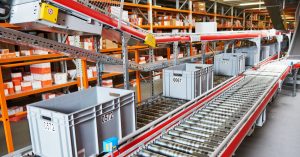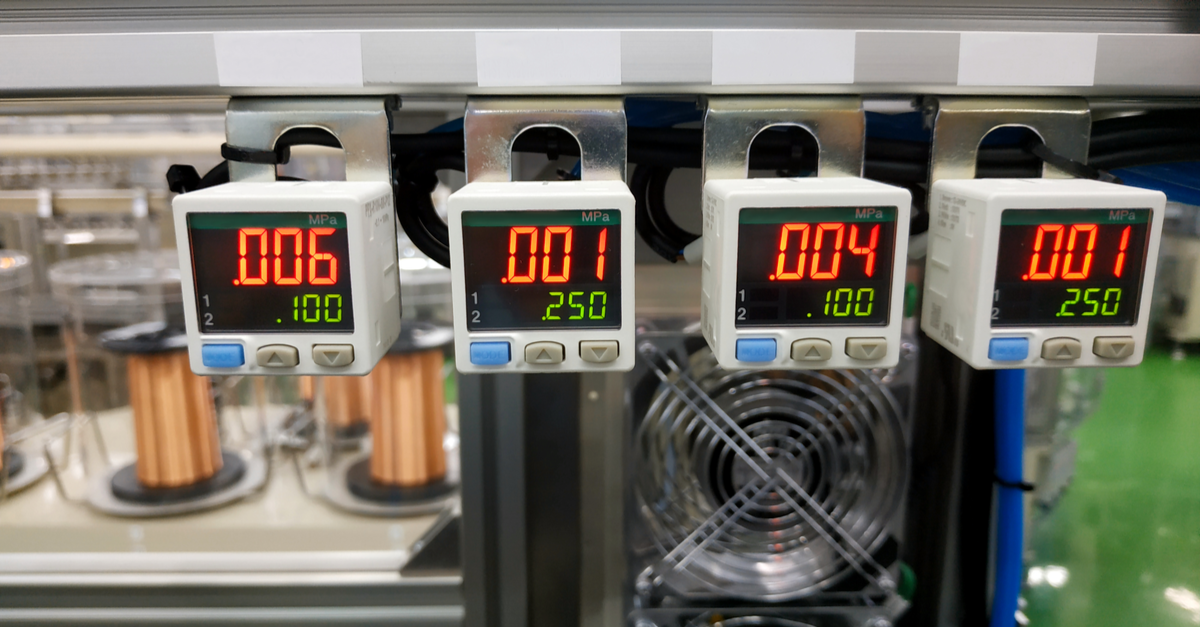5 min read

Estimated reading time: 2 minutes
Infrastructures, fulfillment centers, and warehouses are become more automated than you would normally assume. Automation helps companies to make their workplaces a safer environment by limiting employee interaction, thanks to COVID-19. Before the pandemic, automation had been slowly replacing human work in a range of jobs, from call centers to warehouses and even grocery stores, to cut labor costs and overall improve profits during these unprecedented times. Not only is there a financial benefit, but companies are able to leverage data-driven insights from connected facility filled with various software solutions, sensors, and other strategies to perform preventative maintenance to maximize work uptime in the modern warehouse.
Pre-pandemic warehouses were never in a position where they needed to innovate to survive; however, COVID-19 and the global economic shutdown that ensued have upped the ante significantly. Due to lockdowns, social distancing guidelines, mandates, and many other virus-related health protocols have been placed in workplaces to ensure businesses are operating seamlessly while facing a markedly reduced workforce. That’s where automation can come into the scene.
Such robotic advancements within the workplace look like they are shifting the workforce away from physically demanding, strenuous, and monotonous tasks, transforming them into developed and skilled ones, rather. Automation helps companies focus on the bigger picture so you don’t get stuck analyzing the smaller details. There are generally two types of automation technology that one can choose from: Process and Physical.
Process Automation typically refers to data and several other important statistics such as KPIs; this method works to collect data on your behalf so you can mine it for insights at a later date. This way, when it comes to customers, you can learn about their tastes and preferences to better prepare orders that come in, in the future. Physical Automation looks like actually  replacing a physical worker with a machine. The robot will complete the physical task in its queue, so that the human worker can focus on more sophisticated duties. Thinking of smart pickers, these machines hold the ability to pick up and move items from the shelf to the loading doc, and vice versa. Through this usage, companies are limiting the chances of common mistakes, accidents leading to injuries, and even foreign contaminants such as COVID-19.
replacing a physical worker with a machine. The robot will complete the physical task in its queue, so that the human worker can focus on more sophisticated duties. Thinking of smart pickers, these machines hold the ability to pick up and move items from the shelf to the loading doc, and vice versa. Through this usage, companies are limiting the chances of common mistakes, accidents leading to injuries, and even foreign contaminants such as COVID-19.
Smaller warehouses and distribution centers tend to lean towards Process Automation to better understand their customer base, while larger fulfillment centers are expected to hit quota when it comes to their inventory numbers, so pulling out the big guns is critical. Warehouse automation is our future, and fortunately, with COVID-19 on our backs, many companies within the supply chain industry have been forcefully thrust into the automation movement quicker than expected, but it’s likely for the best to keep business moving and flowing smoothly.

7 min read
From BOPIS to the Last Mile: Meeting the Holiday Demand
It’s the most beautiful time of the year… the bumper-to-bumper traffic on the way to the shopping malls and the back-ordered, highly sought-after...

5 min read
How to Create Customer-First Payment Experiences
Customer experience has become a top priority for shoppers, even topping price and product quality when choosing where to shop. According to a PwC...

